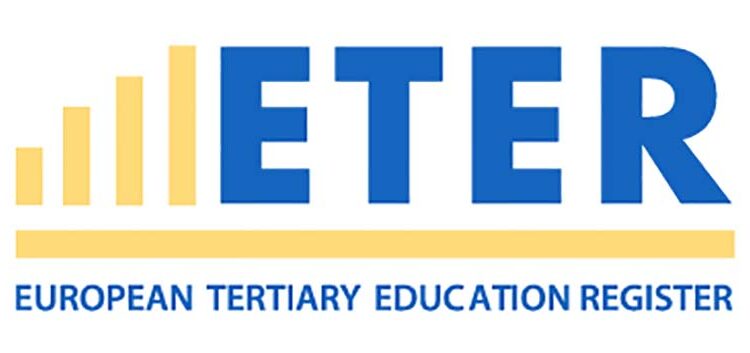Years of painstaking data collection from some 3,000 universities across 37 countries by ETER – the European Tertiary Education Register – has painted a comprehensive picture of a tiered higher education landscape, ranging from research universities to specialist institutes, general and applied sciences universities and arts and humanities colleges.
ETER is an Erasmus+ project financed by the European Commission and managed by the Directorate General for Education, Youth, Sport and Culture of the European Commission in cooperation with EUROSTAT and the national statistical authorities of participating countries.
This improved understanding of European higher education provides an evidence base for policy-making and governance and, for example, identifies more homogenous groups of institutions as targets of European policies. The ongoing expansion of ETERwill allow its successive refinement and analysis of changes over time
Currently, its coverage includes the 27 European Union countries as well as Albania, Iceland, Liechtenstein, Montenegro, Norway, Serbia, Switzerland, Turkey, the United Kingdom and the Republic of North Macedonia.
Completed data are provided for the academic year 2011-12 through to 2016-17. A release of data updated to the year 2019 is expected in early 2022.
The project, which recently started its fourth implementation phase, is a free database meant to provide information at higher education institutional level to promote an evidence-informed setting for strategy and policy-making.
It is also an instrument for universities, colleges and institutes to build capacity in higher education data collection and analysis for use in driving their institutional strategies
ETER provides comparable data on the 3,000 higher education institutions, allowing comparisons both within and across national systems, permitting investigation of the impacts of policies and strategies and, increasingly, a longitudinal perspective as ETER data collection is now available from 2011.
Data included in ETER cover basic characteristics and geographical position, number of students, graduates, international doctorates, staff, fields of education, income and expenditure, as well and research activities.
In this connection, there is integration of ETER with research and technology output data from RISIS – Research Infrastructure for Science and Innovation Policy Studies – a comparable classification of European higher education institutions. It also includes data on students participating in Erasmus+ mobility.
Among the research results flowing from the swelling database is that degree mobility is more common than credit mobility across and within countries. Another finding is that institutional rather than regional characteristics – especially teaching quality, followed by research – influence student mobility.
Guidance on how to use the ETER interface to extract and analyse data may be downloaded here.

